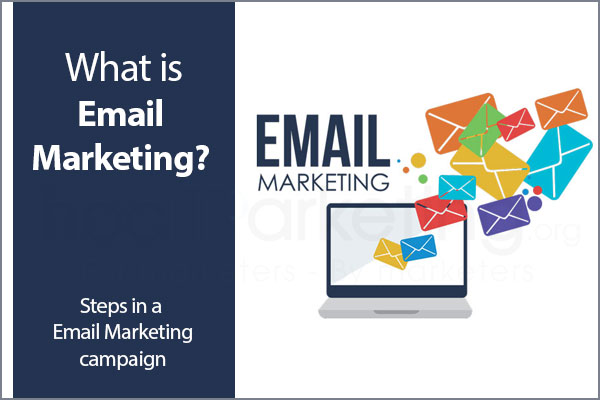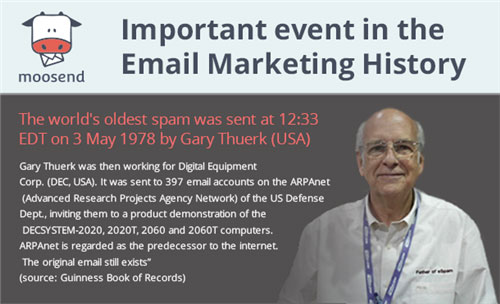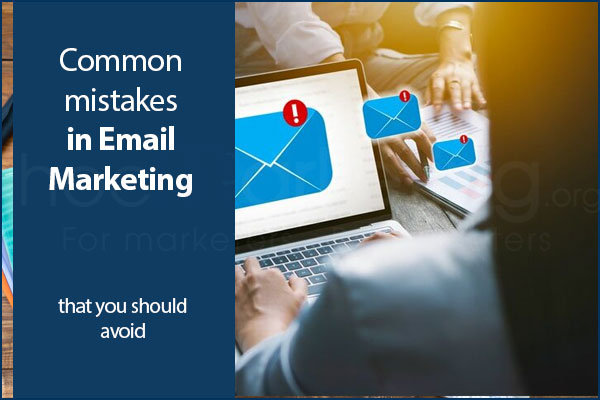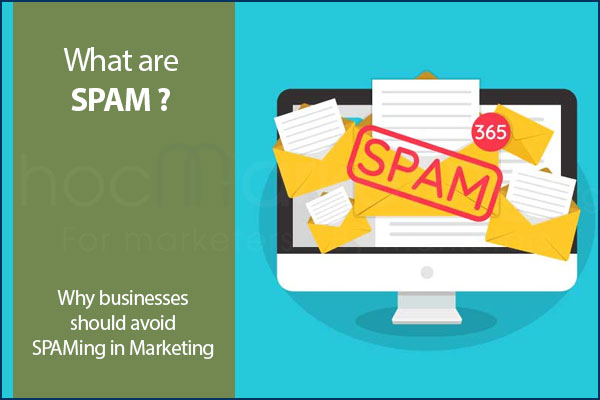
What is Email Marketing? Steps in a Email Marketing campaign

What is email marketing? Is Email Marketing really effective at this point? Steps to deploy Email Marketing campaign in the most effective way
What is Email Marketing?
Email Marketing is one of the online marketing channels in which the main subject (businesses, organizations, individuals) approaches, transmits messages and interacts with the target audience (customers, consumers...) via email. via email sending method.
When was Email Marketing invented?
Email Marketing is an Online Marketing channel that has appeared and existed since 1978, the time when the first Email Marketing campaign was operated by Gary Thuerk, an employee of Digital Equipment Corp. This Email campaign reached 400 recipients, in which the email content mentioned the company's promotion, and helped the company to collect $13 million in revenue.
Is Email Marketing still effective?
The answer is Yes, Email Marketing always brings unexpected results if you know how to deploy your campaigns in the right way, with engaging message content and reach the right audience, at the right time. To prove this, let's take a look at some of the figures below:
According to Hubspot's statistics by 2020, there are 3.9 billion email users in the world every day, of which the percentage of email users by phone accounts for 46%. 80% of businesses believe that Email Marketing helps increase sales, as well as retain their customers, and 59% of Email users believe that Email Marketing has an impact on their purchasing behavior.
Steps to effectively deploy an Email Marketing campaign
Many of the people who work in Marketing, have the mindset that to implement Email Marketing is very simple, just need to design beautiful Email content, attractive promotions, headline content, and then send it to customers. countless readers, as many as possible, regardless of the moment. That's thinking in the direction of Outbound Marketing that I explained in the previous article, you can refer to it again. And of course, that strategic thinking is outdated at the present time. Increasing the frequency and number of emails sent only makes you lose more and more access to readers, as the filtering mechanism of advertising and spam emails gets smarter and smarter.
Therefore, to deploy an effective Email campaign, we need to think in the direction of Inbound Marketing, and I also have a separate article on Inbound Marketing, please refer to it.
"Today, email spam only makes businesses further away from the target customers they want to reach"
What are the steps involved in implementing Email Marketing?
The process of implementing Email Marketing in the direction of Inbound Marketing consists of 5 steps: Define campaign goals, Define audience, Determine timing, Design Email content, Send Email.
1. Define campaign goals
Each Email Marketing campaign always comes with 1 or more certain goals, and of course the way the campaign is deployed will be different for each different goal. In general, Email Marketing campaigns often have two big goals below:
- Sales objectives: Introduction of products/services, promotions
- Relationship objectives: Take care of and inquire about customers about their experience of using products/services, their status, and provide useful information.
2. Identify the right audience
Next, search and filter out the right audience for your Email Marketing campaign. Of course, the question is how?
Based on the campaign goal defined in step 1, we will have the following methods of searching and filtering the audience:
- For sales goals, the target audience must be those who have needs and interests closely related to the business product. They can be people who have visited your website, clicked on your ad, answered your business's survey questions and, of course, left information, including Email. If your business doesn't already have these methods of collecting information, build them up. In addition, the old customers who have used the products/services of the business before are also one of the suitable subjects for the introduction of new products or promotions.
- For the purpose of interaction, the appropriate audience should be customers who have used products/services or customers who have actively contacted the business before in sales consultations, programs.
3. Determine the right time
The time to send Email Marketing is also extremely important, contributing significantly to the effectiveness of the campaign.
- For sales email marketing campaigns, the right time to send is before the business runs promotions, or before the business launches new products. Even businesses can automate and personalize email sending with today's CRM software and systems, when customers will receive an Email right after a few minutes since they leave information on your website.
- For interactive Email Marketing campaigns, the right time to send is after a certain time since the customer last purchased the product/service, or since the time of the last sales consultation. together. The appropriate time depends on the type of product/service that the business provides, sometimes it is a few days or a few weeks, so that customers have enough time to experience, compare, evaluate...
Note that businesses should avoid sending Email Marketing at the following times or time frames:
- 19:00 (7pm) to 6:00 (6am): Most of us spend time with ourselves, our families and loved ones during these times. Sending Email Marketing in these time frames not only reduces the effectiveness of the campaign but also gives customers a bad impression of the business.
4. Design email content
After you have identified the right audience and time to send Email Marketing, you have a 50% chance to drive customer action (purchase or interaction). The remaining 50% will depend on the email content you build. An email with good content includes the following criteria:
- The content is grammatically correct, presented clearly and coherently, and the expression is good and attractive.
- Captivating title, straight to the interest, stimulating the reader's curiosity
- Beautiful, well-balanced design
- Call-to-action content is integrated naturally into emails to increase conversion rates.
- Personalize so that customers feel that the Email Marketing content that you have worked so hard to build is dedicated to each customer.
5. Send Email and track results
After everything has been prepared, the final job is to send Email Marketing to the audiences specified in step 1 at the time specified in step 2. Currently, there are many software to help you. can deploy Email Marketing campaigns effectively, when they provide you with the tools to manage the list of recipients, the tools to design beautiful Email content, schedule the email to be sent at the right time. you want, as well as track the results of interactions with Email, in which the highlights are:
- HubSpot Email Marketing
- Sender
- Sendinblue
- Omnisend
- SendPulse
- Benchmark Email
- Mailchimp
In addition, a number of system software such as CRM, ERP today also integrate Email Marketing implementation tools, helping to automate too, reducing the work to be done for Email Marketing implementation.
Good luck with your Email Marketing campaign.
















